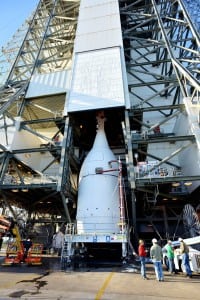
The Federal Aviation Administration (FAA) is in the early stages of creating its own space situational awareness (SSA) capability, much like the Defense Department’s Joint Space Operations Center (JSpOC) Mission System (JMS), to help the agency with collision avoidance for commercial space vehicles. FAA Director of Commercial Space Integration Michael Romanowski told an audience Tuesday the administration is performing systems engineering and market work in collaboration with DoD and industry. Romanowski said with the considerable growth in orbital operations, reentry…













